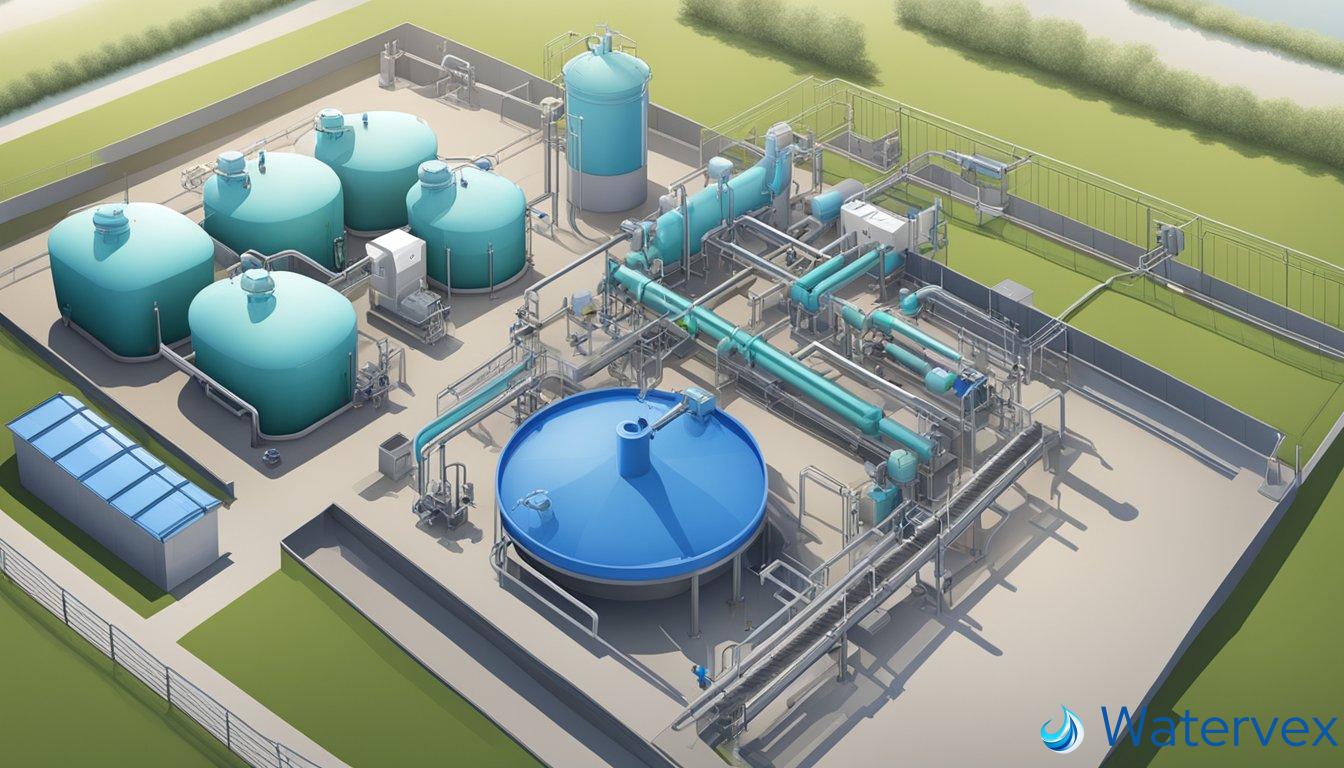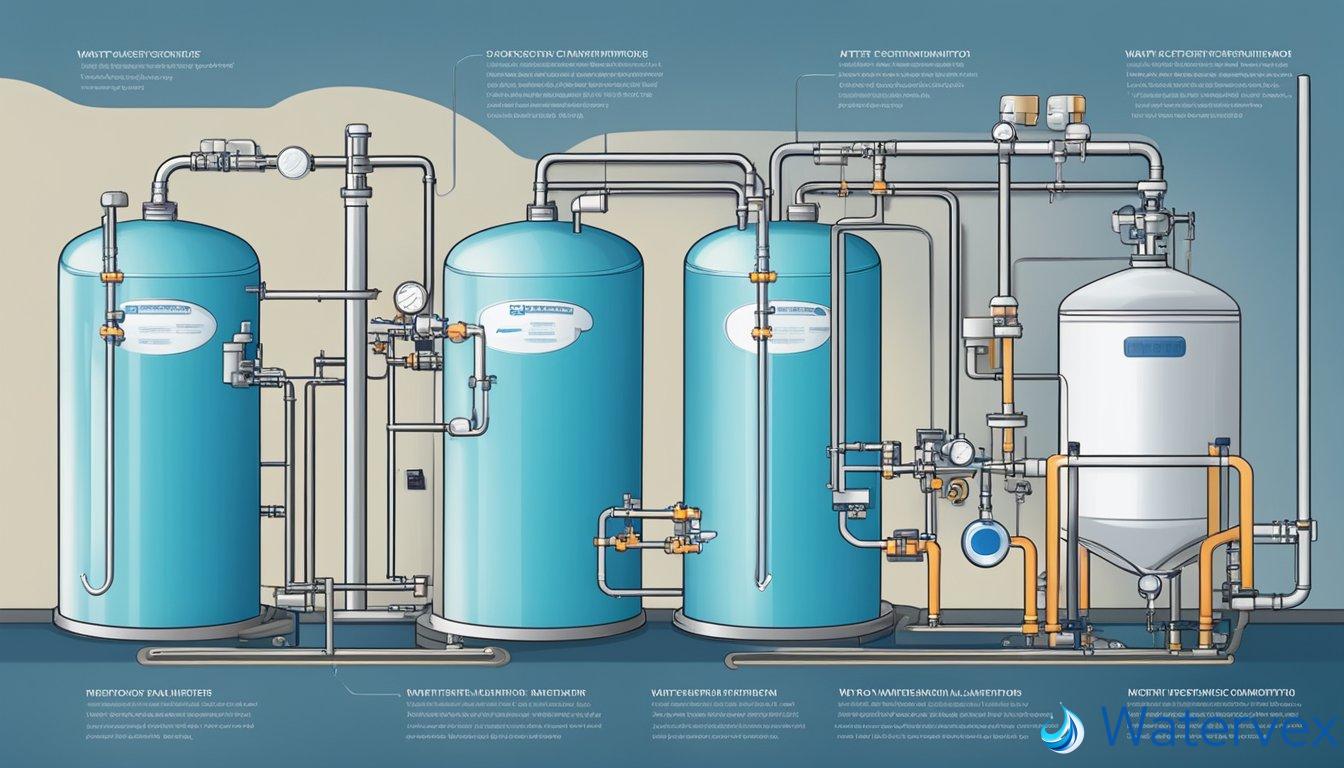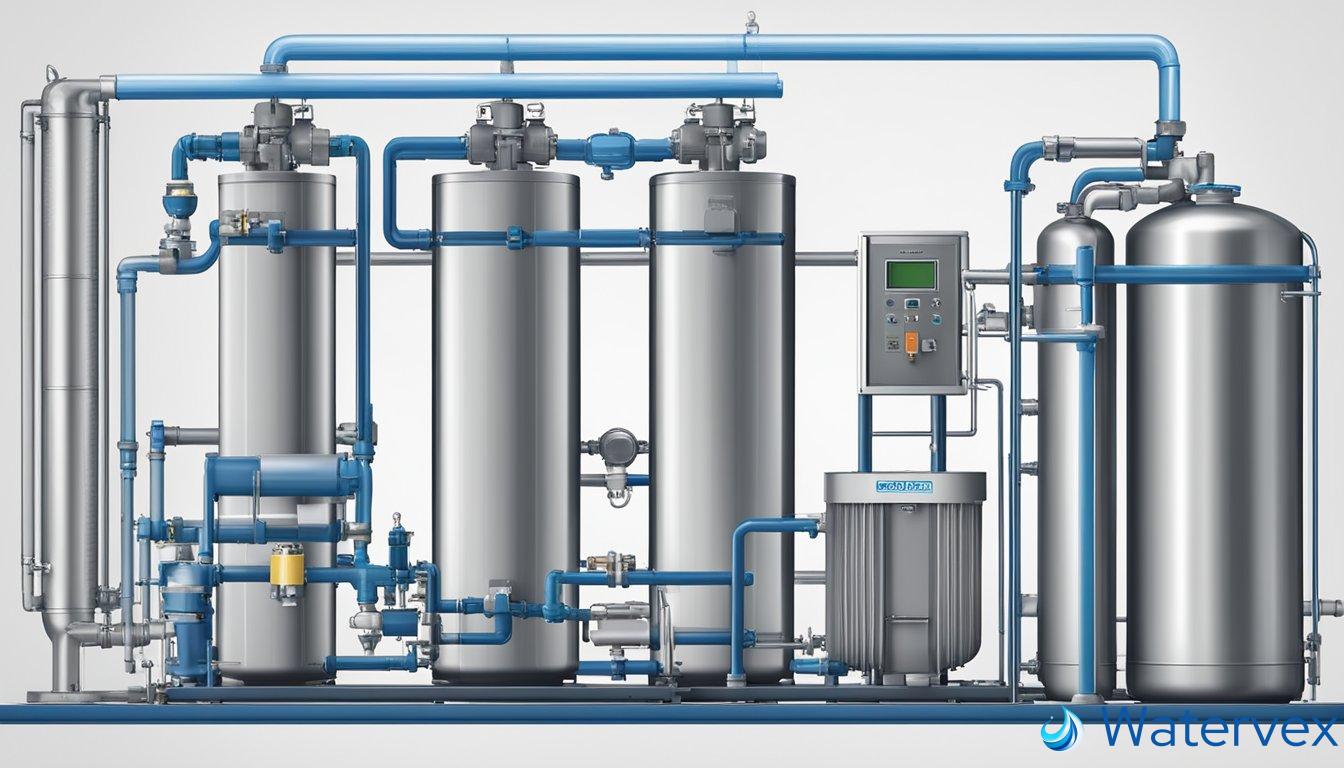Water treatment technologies are essential in ensuring that the water you use and consume is safe and free from harmful contaminants. These contaminants can range from common minerals that cause hard water, such as calcium and magnesium, to undesirable chemicals, bacteria, and viruses that pose health risks. The process of water treatment is designed to tackle these issues head-on, utilizing a variety of methods to remove or neutralize these potential hazards.

Among the prominent methods for treating water is filtration, including technologies such as reverse osmosis. This advanced filtration system pushes water through a semipermeable membrane to remove impurities, such as dissolved salts and other substances. This system is highly effective in enhancing water quality and making it suitable for drinking. Moreover, specific treatments are targeted at conditioning water, which not only improves taste and safety but also prevents scale buildup that could shorten the lifespan of household appliances.
Key Takeaways
- Safe drinking water is achieved through technologies that remove contaminants and minerals.
- Advanced systems like reverse osmosis provide effective filtration for enhanced water quality.
- Water conditioning prevents scale buildup, extending appliance life and improving water taste.
What Are the Primary Methods of Water Conditioning?
Water conditioners tackle a range of water quality issues through various methods, each designed to specifically address different contaminants and problems in your water supply.
Understanding Water Conditioning
Water conditioning is a general term for processes that improve water quality. Unlike water softening, which mainly targets hardness minerals like calcium and magnesium, conditioning can address a wider set of water concerns. This includes reducing chlorine, chloramines, and volatile organic compounds (VOCs), as well as eliminating or lowering levels of lead and other heavy metals.
Types of Water Conditioners
Ion Exchange conditioners substitute unwanted ions in the water with less problematic ones. For instance, they may replace calcium and magnesium ions in hard water with sodium or potassium ions, reducing scale build-up in pipes and appliances.
Filters come in various types, targeting a broad spectrum of contaminants. Activated carbon filters, for example, are excellent at removing chlorine and organic compounds, while others are more effective against heavy metals.
Sedimentation involves a water treatment process where heavy particles settle to the bottom due to gravity. It typically works in conjunction with coagulation, where chemicals are added to water to facilitate the joining of smaller particles into larger clusters, known as flocs.
During Flocculation, these flocs grow in size as they attract and stick to more particles, making them heavy enough to settle during sedimentation.
Disinfection can be achieved through chemical means, such as chlorination, or physical means, such as ultraviolet (UV) light, which disrupts the DNA of bacteria and viruses, rendering them harmless.
Each method targets water impurities in different ways, often used in combination within water conditioners to tailor solutions for specific water issues in your home.
Which Technologies Are Utilized in Water Softening?

To ensure the water in your home is free from excessive calcium and magnesium, water softening technologies are employed to replace these hardness minerals with softer ones like sodium or potassium.
Common Water Softening Processes
Ion Exchange: The principle here isn’t complex. Your hard water passes through a tank filled with resin beads that are coated with sodium ions. As water flows through, calcium and magnesium ions are swapped for sodium ions, leaving you with softer water. It’s akin to a meticulous dance where partners are exchanged – the end result is harmonious soft water flowing from your tap.
Reverse Osmosis: This method pushes water through a semipermeable membrane, and it’s pretty selective. Only water molecules are allowed to pass through, leaving hardness minerals, metal ions, and other contaminants behind. Think of it as a tiny bouncer at the club door, only letting the VIP water molecules through for the ultimate afterparty in your glass.
Activated Carbon Filters: While they’re not softeners in the traditional sense, activated carbon filters are great teammates. They reduce other contaminants that might ride along with calcium and magnesium, ensuring that what’s left isn’t just soft but also clean and tastes better.
Materials and Chemicals in Softening
In water softening, a bit of chemistry is at play. We’re talking about salt-based softeners, which utilize sodium or potassium to replace pesky hardness ions. When regeneration is necessary, a strong brine solution flushes through the system to refresh those busy resin beads, priming them for another round of softening.
In the lime-soda softening process, for instance, chemicals like calcium hydroxide (slaked lime) or sodium carbonate (soda ash) are introduced into the water. These react with the hardness minerals to form precipitates – tiny solid particles – which can then be filtered out. Imagine little submarines neutralizing the enemy ships so your water can flow clear.
How Do Advanced Filtration Systems Enhance Water Quality?

Advanced filtration systems have revolutionized the way you can access clean water by employing a range of techniques to remove contaminants from both municipal and natural water sources. These high-tech solutions are essential for ensuring water safety and palatability in your home.
Mechanical Filtration Methods
Mechanical filtration, often your first line of defense, involves physically straining water to remove solids. Sand filtration is a simple yet effective method that uses natural media to trap particles. But, to tackle smaller contaminants, technology such as microfiltration uses fine synthetic membranes to catch particles as small as 0.1 to 10 micrometers. For even finer purification, ultrafiltration and nanofiltration systems can remove particles down to 0.001 micrometers, including some viruses and color-causing substances in water.
Chemical and Biological Filtration Techniques
On the other hand, chemical and biological filtration techniques go beyond mere sieving. Activated carbon, especially in the form of granular activated carbon, adsorbs organic compounds and removes chlorine that can cause undesirable tastes and odors in your drinking water. Then there’s reverse osmosis, a definitive purification method which forces water through a semipermeable membrane, stripping away nearly all dissolved contaminants, including salts and hard water minerals. Membrane filtration such as this is recognized for producing high-quality drinking water that protects your family’s health and prolongs the lifespan of your appliances.

